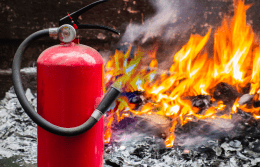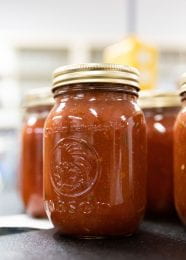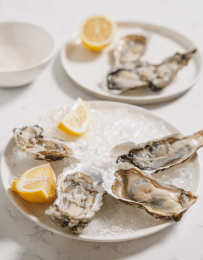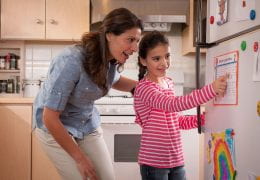
Fire! Few words can strike such terror. Residential fires are, unfortunately, a common occurrence. Some 2 million American homes go up in flames yearly. In the aftermath of fire, people are left to salvage their lives and belongings.
Whether it’s the whole house involved or just a fire in the kitchen, people try to save what they can — including food. But generally, saving food that’s been in a fire is not a good idea.
Food exposed to fire can be compromised by three factors: the heat of the fire, smoke fumes, and chemicals used to fight fire.
- Discard any food exposed to smoke fumes.
- Foods exposed to chemicals should be discarded.
- If canned foods are not damaged but are exposed to chemicals, they can be decontaminated with a strong detergent solution. Then dip in a bleach solution of 1 tablespoon plain bleach per gallon water for 15 minutes.
Learn more at www.fsis.usda.gov/food-safety/safe-food-handling-and-preparation/emergencies/fires-and-food-safety





